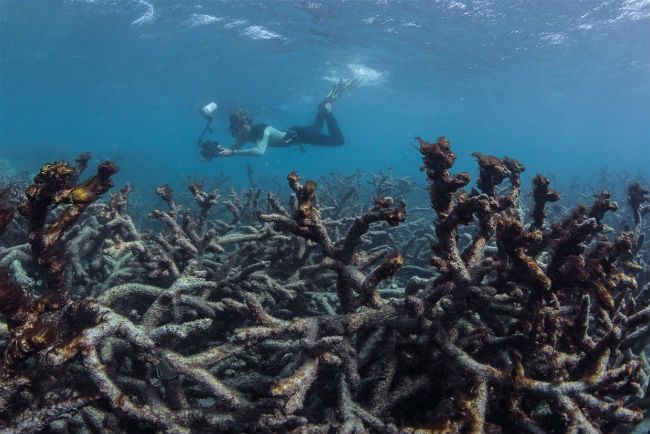

Hughes said scientists expected corals to continue dying off unless nations met their Paris Agreement commitment to keep the increase in global average temperature under 2 degrees Celsius (3.6 degrees Fahrenheit) above pre-industrial levels. MaSYDNEY, Australia A wide stretch of the Great Barrier Reef has been hit by a sixth mass bleaching event, the marine park’s authority said on Friday, an alarming milestone for. It was the most widespread bleaching on record, impacting swathes of the southern reaches of the reef for the first time. While four mass bleaching events up to 2017 were covered by the latest research, the damage to coral species from bleaching in early 2020 is yet to be assessed. Voxs Joss Fong explains how coral reefs work, why theyre valuable, whats happening when corals bleach, how the reefs.

When the starfish occur in small numbers, they are considered part of the natural ecosystem, but when a large outbreak happens, they can rapidly destroy parts of the reef. Researchers tracked hard coral across 87 reefs along the coast of Queensland from August 2021 to May 2022, finding that coral cover reached 36 percent in the northern third of the reef and 33 percent in the central third, up from 27 percent and 26 percent, respectively, the prior year. On top of long-term ocean warming and associated bleaching, the reef has been battered by several cyclones and two outbreaks of crown-of-thorns starfish, which eat the coral, since 1995. "Its resilience is compromised compared to the past, because there are fewer babies, and fewer large breeding adults." There are 2,900 specific reefs and 900 islands covering an area of 133,000 square miles and stretching for 1,400 miles that make up the Great Barrier Reef. "A vibrant coral population has millions of small, baby corals, as well as many large ones - the big mamas who produce most of the larvae," the study's lead author Andy Dietzel, also of James Cook University, said.


 0 kommentar(er)
0 kommentar(er)
